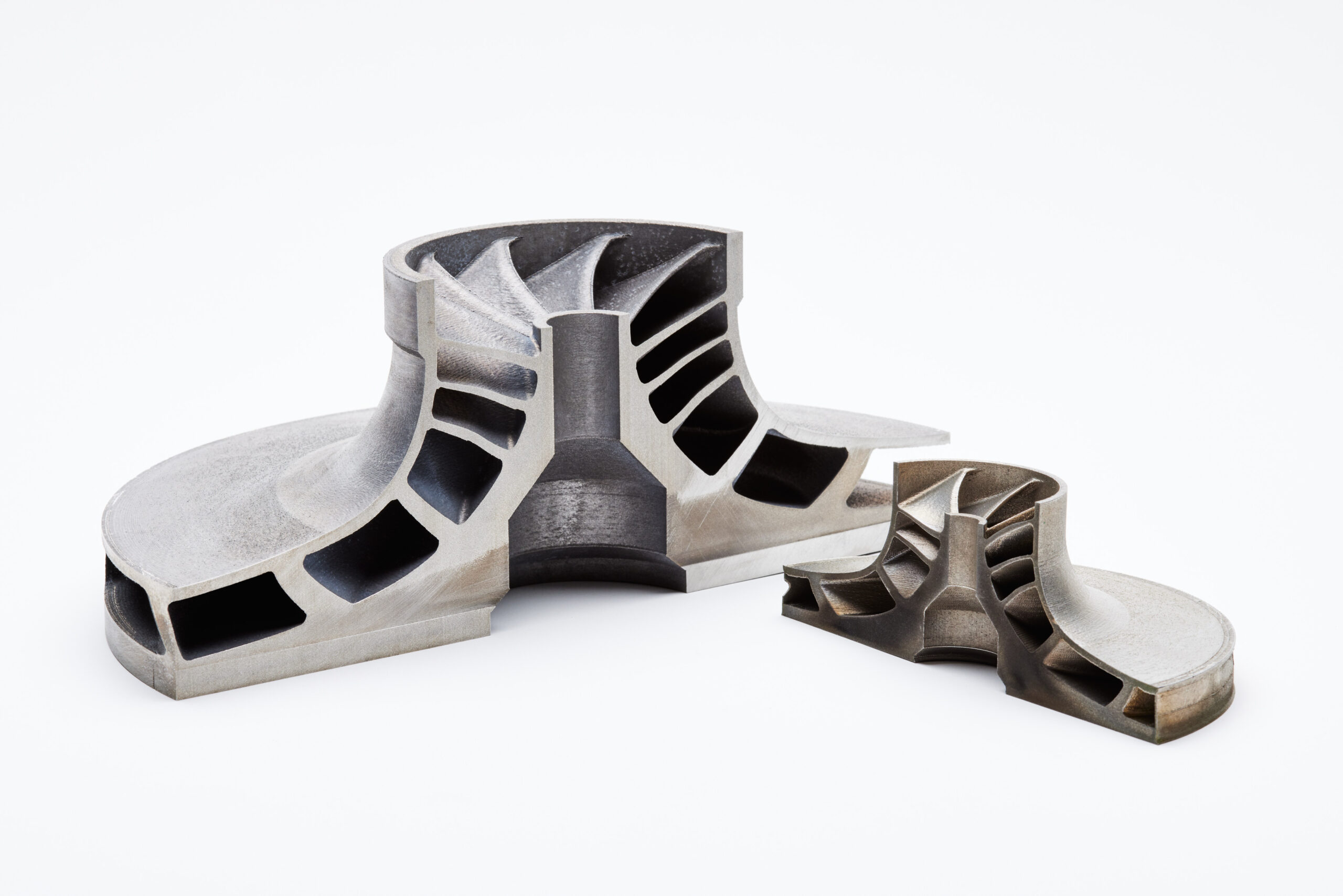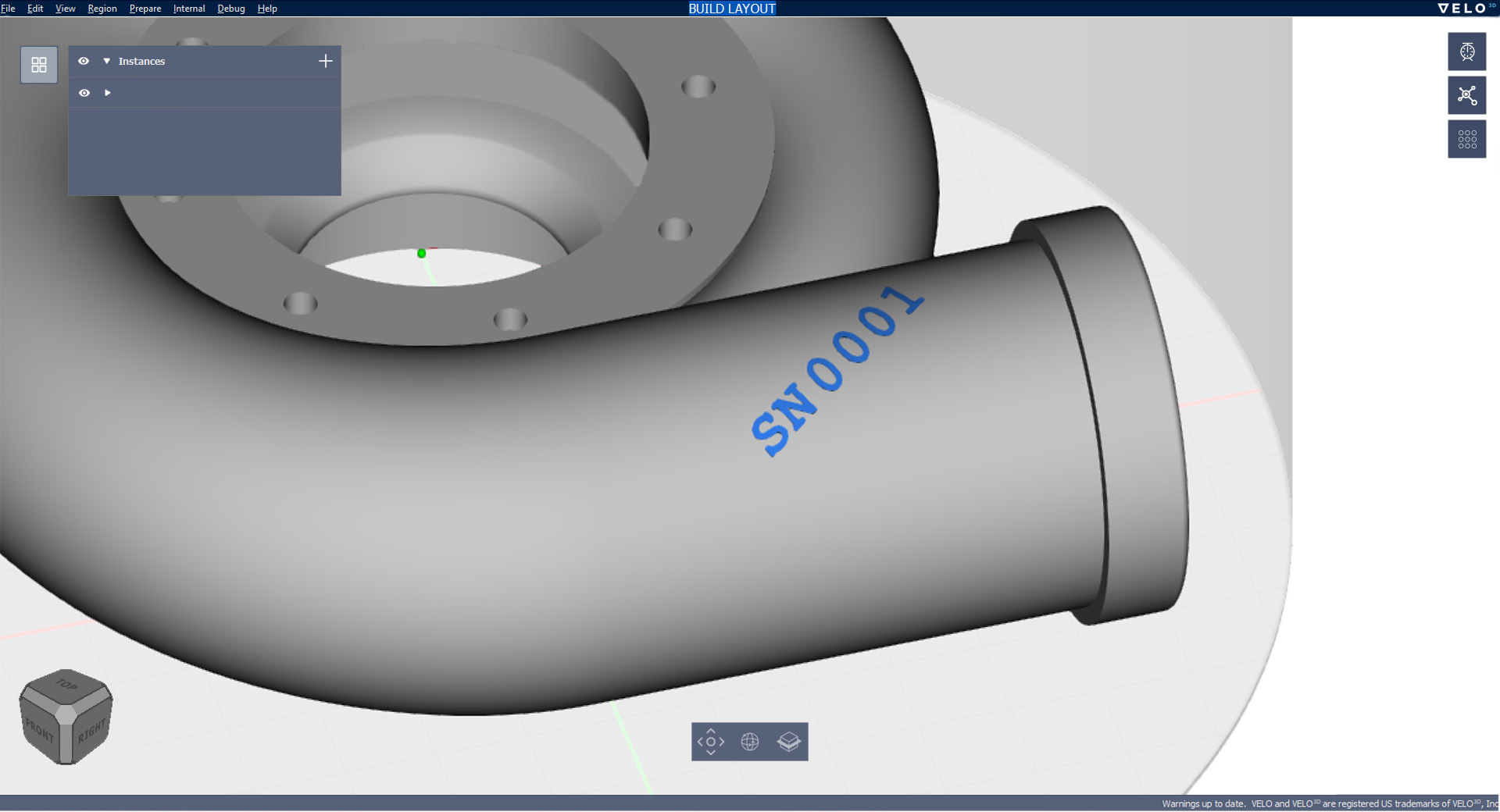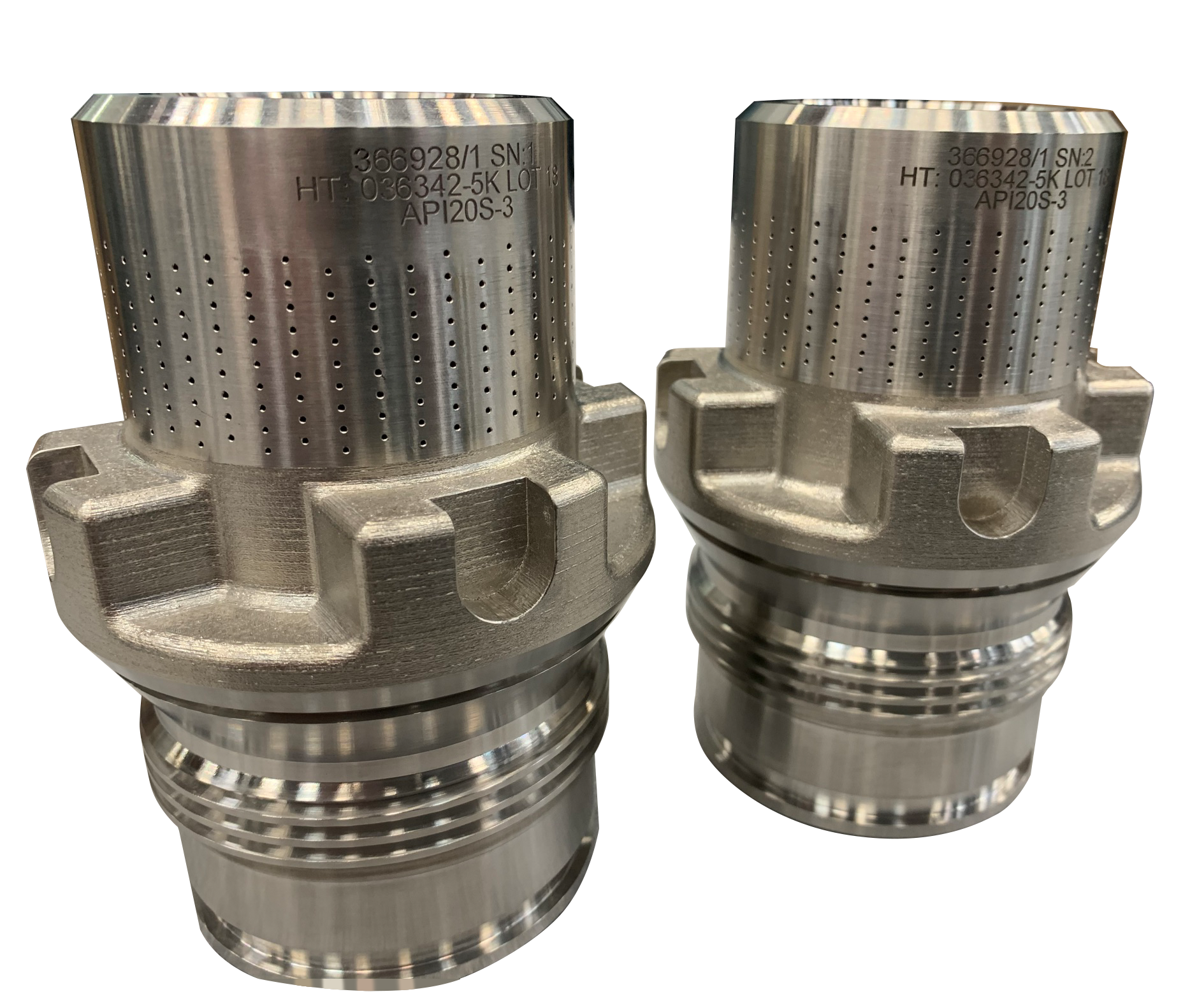
In a previous post, I began to summarize a Velo3D white paper, “How Additive Manufacturing is Transforming Tooling”, which details the use of the Velo3D Sapphire platform in printing die cast inserts for automotive production. The focus of the first post was how additive manufacturing (AM) can achieve objectives that are unattainable with legacy techniques, specifically via the example of conformal cooling channels.
As I alluded to at the end of that first post, my focus in the present article will be why the Sapphire platform is ideally suited for AM-enabled conventional manufacturing in automotive, as well as other similar sectors in heavy industry. Now, while there are three main features of the Velo3D ecosystem that give the Sapphire an edge, it should also be kept in mind that it is the integration, or synergy, between those three different features that truly accounts for why Velo3D has become an early leader in this area of the AM sector with such lucrative long-term potential.

The Sapphire XC 1MZ 3D printer from Velo3D. Image courtesy of Velo3D.
Before I get into those three advantages, for anyone unfamiliar with Velo3D, note that there are two models in the Sapphire family, both with 1 meter options: the original Sapphire, the Sapphire 1MZ, the Sapphire XC, and the Sapphire XC 1MZ. The differences between them are the size of the build volume and the number of lasers.
The Sapphire models are each equipped with two 1kW lasers, while the Sapphire XC machines have eight lasers each. Whereas the dual-laser Sapphires can print parts with 315 mm in diameter, the XCs have 600 mm diameter build chambers. Finally, the original Sapphire can print parts 400 mm in height, the Sapphire XC is capable of 550 mm-high parts, and both Sapphire 1MZ and Sapphire XC 1MZcan handle parts up to 1 m tall.
All of the machines are powered by Velo3D’s proprietary Intelligent Fusion technology: the maestro harmonizing the orchestra of Flow print preparation software, Sapphire hardware, and Assure quality assurance software. Intelligent Fusion maintains the synergy between Velo3D’s three main advantages in large scale, high-volume tooling production, which are large build capacity, geometric optimization, and repeatability.

Impeller made possible by Velo3D’s fully integrated metal AM solution.
Large Build Capacity
All the Sapphire printers have large build envelopes, with the Sapphire XC 1MZ being one of the largest metal printers currently on the global market. The emergence of large format, multi-laser metal printers is the game-changer that has thrown AM into the arena of scaled production for heavy industry, and Velo3D has clearly been at the forefront of this evolution.
Larger build capacity is significant not just because it facilitates greater design freedom and allows for more versatility in terms of end-use applications, but equally, insofar as it yields the potential for much higher throughput than would be otherwise possible. Although these aren’t the only necessary considerations for a legacy manufacturer weighing the options between different metal AM platforms, the ability to handle large builds at high throughput speeds would seem to be a requirement that any metal AM platform has to meet, before being integrated into scaled tooling output in an industry like automotive.
Repeatability
At the same time, there are now an increasing number of large format, multi-laser platforms on the market, which is why these factors alone aren’t enough to set one company apart from all the rest. Along those lines, repeatability may be the most crucial aspect that customers from heavy industry are looking for when distinguishing one large metal platform from another, and this is where Velo3D truly shines.

First off, Flow print preparation software allows users to import CAD models directly, without having to be converted into STL files first. Additionally, once they’re in Flow, the CAD models are easy to refine, with the program also allowing for seamless add-ons of part features like labels and serial numbers. Moreover, the straightforward transition from CAD model to the Sapphire build chamber is enabled by Flow’s pre-set parameters and capability for targeting different instructions to separate areas of the same part.
Finally, Flow provides the potential for all those strengths allowing the same part to be printed, with the same quality, at one location, to be repeated identically in a distributed manufacturing context. This is thanks to Velo3D’s “Golden” print file, which has already been proven a success in securing the digital inventory for distributed manufacturing of parts in the oil & gas industry.

Geometric Freedom
Conventional metal AM systems often require compromising on part performance due to design limitations. Engineers are forced to make changes that sacrifice functionality for manufacturability, particularly in complex applications with intricate internal channels and structures.
Velo3D’s advanced metal AM technology offers a groundbreaking solution. By integrating Flow pre-print software with Sapphire printers, engineers can now execute even the most complex designs without compromise.
The solution provides design freedom and encourages engineers to build parts without scaling back their original intentions. This means that high-pressure tanks, turbines, heat exchangers, and other intricate geometries can be manufactured with precision and optimal performance.
The Velo3D platform is also making a name for itself due to its optimization. In metal AM, supports are used as anchors to prevent components of parts from curling upwards — usually components that sit at angles of less than 45 degrees.
There are many additional problems created by using supports, however, as well as problems with the workarounds that are most often used to design parts that won’t require supports during the printing process. Regarding the first point, for instance, metal supports are both costly and time-consuming to remove, cutting into any other throughput advantages otherwise achieved.
As for designing parts that won’t need supports: sometimes this is simply impossible, while in other cases, the solutions used, such as tilting, lead to problems with a part’s structural integrity, leading to failed prints. With the Velo3D platform, on the other hand, Flow software allows for the design of parts with internal layers that make the use of supports unnecessary, while Sapphire hardware utilizes a non-contact recoater to print supportless surfaces down to zero degrees.
Conclusion
In sum, large scale metal AM may have the most immediate potential for incorporation into mass production in sectors like automotive, aerospace, oil & gas, etc., indirectly rather than directly. This potential stems from AM-enabled conventional manufacturing, especially for high value tooling components like castings and forgings.
And, because of the expense, potential safety hazards, and hard deadlines involved, the selection of the right platform matters here, perhaps more so than in any other area of the AM sector. Beyond the name recognition, the advantage of working with a company like Velo3D is that it is comprised of experts who know the issues involved in advanced manufacturing from a manufacturer’s perspective.
Images courtesy of Velo3D
Subscribe to Our Email Newsletter
Stay up-to-date on all the latest news from the 3D printing industry and receive information and offers from third party vendors.
You May Also Like
Precision at the Microscale: UK Researchers Advance Medical Devices with BMF’s 3D Printing Tech
University of Nottingham researchers are using Boston Micro Fabrication‘s (BMF) 3D printing technology to develop medical devices that improve compatibility with human tissue. Funded by a UK grant, this project...
GaeaStar and Verve Coffee Roasters Start Pilot Production of Sustainable 3D Printed Coffee Cups
Following a 2022 debut in Germany, GaeaStar, a startup based in San Francisco and Berlin, has begun US pilot production of its sustainable, disposable clay cups and bowls made with...
Meltio and Accufacture Unveil Robotic Metal 3D Printer Made in the US
Meltio has partnered with Michigan-based robotics firm Accufacture to introduce Alchemist 1, a robotic cell designed for wire-laser metal 3D printing made in the US. This new system represents a...
WASP Highlights Advances in Healthcare 3D Printing at Italy’s Exposanità 2024
WASP takes center stage at Italy’s leading healthcare expo, Exposanità 2024, demonstrating the transformative impact of its advanced 3D printing technologies on the medical sector. Known for its line of...
































